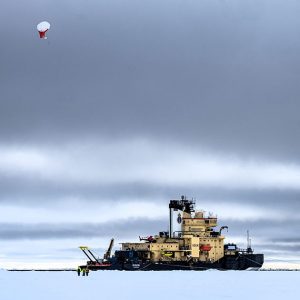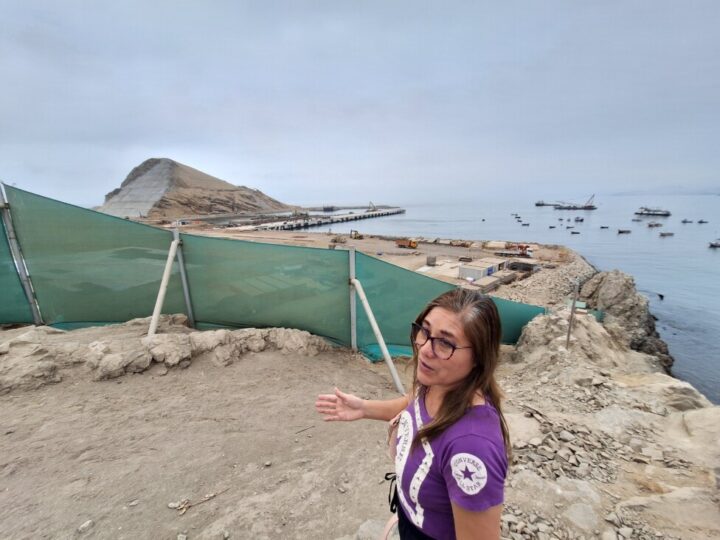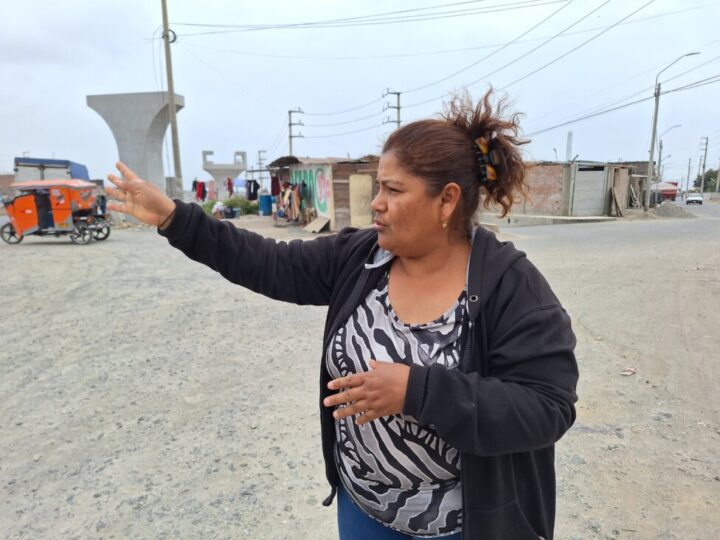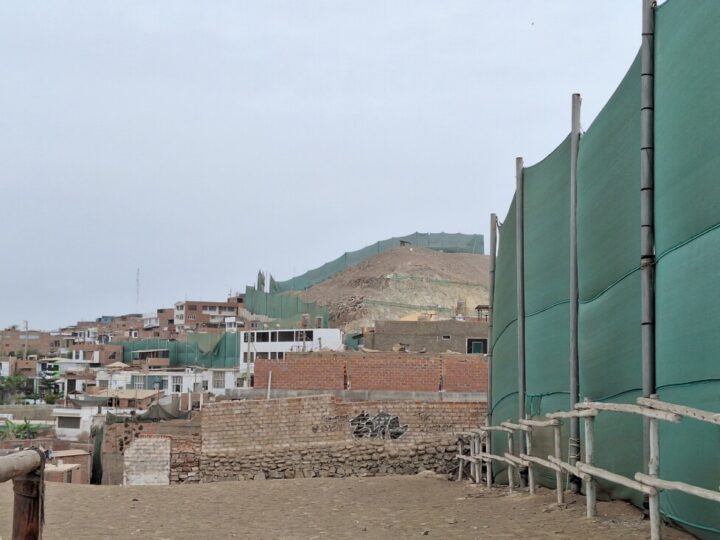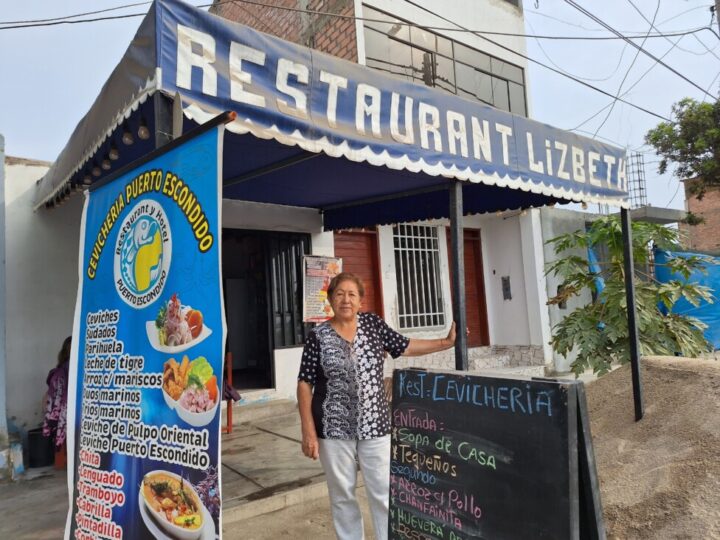LONDON, Dec. 19, 2023 (GLOBE NEWSWIRE) — A Duck Creek Technologies, fornecedora de soluções inteligentes que definem o futuro do seguro de propriedade e acidentes (P&C) e geral, anuncia o suporte à integração ao Lloyd’s Outwards Reinsurance Scheme (LORS) para seus clientes de resseguro cedidos que usam a Duck Creek Reinsurance. A Lloyd's of London exige que seus membros tenham estratégias robustas de resseguro externo (cessão) com sistemas, controles, procedimentos e expertise apropriados para permitir a gestão eficaz das compras e recuperações de resseguro externo. Com esta mais recente funcionalidade, a Duck Creek Reinsurance continua a oferecer às operadoras globais as ferramentas necessárias para se integrarem no principal mercado de resseguros do mundo.
A capacidade do LORS dentro da Duck Creek Reinsurance oferece todos os conjuntos de códigos usados nas mensagens LORS e USM, permitindo que os membros da Lloyd's e os clientes da Duck Creek se conectem e interajam Duck Creek Reinsurance com a plataforma e os processos de tecnologia da Lloyd's. A Duck Creek Reinsurance está equipada com a estrutura de dados necessária para apoiar a Mensagem de Aconselhamento de Resseguro Externo da LORS para assessorar as subscritoras sobre transações novas, alteradas ou substituídas por corretoras, bem como as Mensagens de Resposta da Subscritora usadas para assessorar autorizações, objeções e alterações de dados da subscritora. A integração do LORS da Duck Creek também confirma o processamento em lote bem–sucedido ou relata erros e notifica automaticamente as seguradoras sobre os movimentos de cessão e o status do processamento. O módulo Duck Creek Reinsurance LORS inclui funcionalidade de rastreamento completo de auditoria, dando às seguradoras a capacidade de excluir itens pré–autorizados ou grupos de itens com erros e solicitar autorização para que itens assinados sejam cancelados.
“A integração do LORS da DUCK Creek demonstra o nosso compromisso com o mercado de resseguros de Londres. Juntamente com as mais de três décadas de capacidades de gestão de resseguros líderes de mercado, a Duck Creek Reinsurance oferece a principal funcionalidade e inovação para permitir o crescimento global dos nossos clientes de resseguros”, disse Julien Victor, diretor administrativo de gestão de resseguros. “A Duck Creek também está envolvida na iniciativa Lloyd's Blue Print 2 e estamos orgulhosos de liderar o mercado com tecnologia baseada em nuvem que suporta muitos dos programas de resseguro das seguradoras mais proeminentes do mundo nos territórios de Londres, Europa, APAC, Bermudas e EUA.”
A Duck Creek Reinsurance é uma plataforma em nuvem baseada em SaaS que se conecta a qualquer política ou sistema de sinistros, data warehouse e registros gerais downstream para rastrear todas as informações relacionadas a contratos de resseguro (tratados e contratos facultativos), sinistros, dados contábeis, dados técnicos, dados auxiliares, dados financeiros e muito mais). A Duck Creek Reinsurance tem relatórios integrados e também pode se conectar a soluções de relatórios corporativos populares. A Duck Creek Reinsurance é uma solução flexível adaptada a organizações internacionais que usam várias moedas e vários requisitos GAAP.
Sobre a Duck Creek Technologies
A Duck Creek Technologies é fornecedora de soluções inteligentes que definem o futuro do setor de seguros de propriedade e acidentes (P&C) e geral. Somos a plataforma utilizadas como base dos sistemas de seguros modernos, permitindo que a indústria capitalize o poder da nuvem para executar operações ágeis, inteligentes e perenes. Autenticidade, propósito e transparência são fundamentais para a Duck Creek, e acreditamos que o seguro deve estar disponível para indivíduos e empresas quando, onde e como eles mais precisarem. Nossas soluções líderes do mercado estão disponíveis de forma independente ou como um pacote completo disponíveis em Duck Creek OnDemand.
Visite www.duckcreek.com para obter mais informação. Siga a Duck Creek nos nossos canais sociais para obter as mais recentes informações – LinkedIn e Twitter.
Contato
Drake Manning
drake.manning@duckcreek.com

GLOBENEWSWIRE (Distribution ID 9007265)
